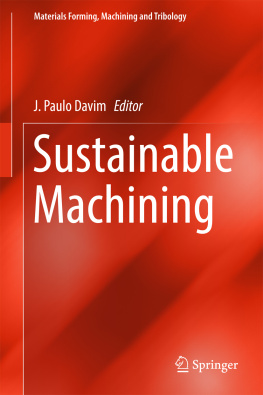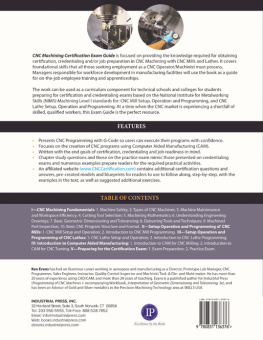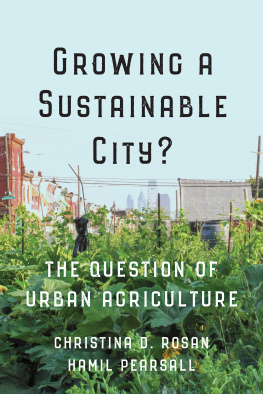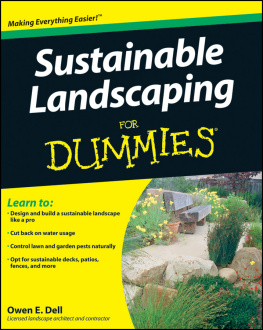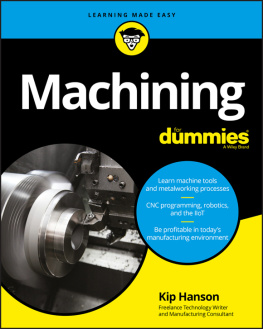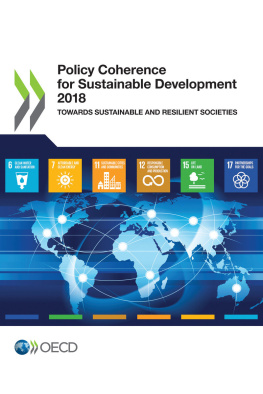Davim - Sustainable Machining
Here you can read online Davim - Sustainable Machining full text of the book (entire story) in english for free. Download pdf and epub, get meaning, cover and reviews about this ebook. City: Cham, year: 2017;2018, publisher: Springer International Publishing, genre: Romance novel. Description of the work, (preface) as well as reviews are available. Best literature library LitArk.com created for fans of good reading and offers a wide selection of genres:
Romance novel
Science fiction
Adventure
Detective
Science
History
Home and family
Prose
Art
Politics
Computer
Non-fiction
Religion
Business
Children
Humor
Choose a favorite category and find really read worthwhile books. Enjoy immersion in the world of imagination, feel the emotions of the characters or learn something new for yourself, make an fascinating discovery.
- Book:Sustainable Machining
- Author:
- Publisher:Springer International Publishing
- Genre:
- Year:2017;2018
- City:Cham
- Rating:4 / 5
- Favourites:Add to favourites
- Your mark:
- 80
- 1
- 2
- 3
- 4
- 5
Sustainable Machining: summary, description and annotation
We offer to read an annotation, description, summary or preface (depends on what the author of the book "Sustainable Machining" wrote himself). If you haven't found the necessary information about the book — write in the comments, we will try to find it.
Sustainable Machining — read online for free the complete book (whole text) full work
Below is the text of the book, divided by pages. System saving the place of the last page read, allows you to conveniently read the book "Sustainable Machining" online for free, without having to search again every time where you left off. Put a bookmark, and you can go to the page where you finished reading at any time.
Font size:
Interval:
Bookmark:
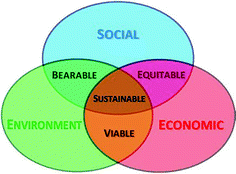
- Machines with powerful digitally controlled truly high - speed motor spindles were introduced . For example, machines with working rotational speeds of 25,000 rpm and 35 kW motor spindles have becoming common in manufacturing power train facilities in the automotive industry; multi-axis CNC machines with an excess of power and spindles capable of 35,000 rpm rotational speed are also being rapidly introduced in the mold-making industry.
- High - pressure through tool metalworking fluid (hereafter MWF), commonly referred to as the coolant, supply has become commonplace . New machines are equipped with a high-pressure (150 bars and more if needed) MWF supply through the cutting tools to provide cooling and lubrication needed for high-speed operations. MWFs cleaned up to 5 m are delivered at constant controlled temperatures suitable for a given machining operation.
- Wider use of high - precision tool holders . Old-fashioned tool holders having 7/24 taper developed over half a century ago and sold today as CAT, BT, and ISO are being rapidly replaced with high-precision HSK, developed as a standard defined by DIN (German Institute for Standardization). Balanced hydraulic, shrink fit and steerable tool holders have been developed and widely implemented for high-speed machining to minimize tool run-out and to maximize tool holding rigidity.
Font size:
Interval:
Bookmark:
Similar books «Sustainable Machining»
Look at similar books to Sustainable Machining. We have selected literature similar in name and meaning in the hope of providing readers with more options to find new, interesting, not yet read works.
Discussion, reviews of the book Sustainable Machining and just readers' own opinions. Leave your comments, write what you think about the work, its meaning or the main characters. Specify what exactly you liked and what you didn't like, and why you think so.

